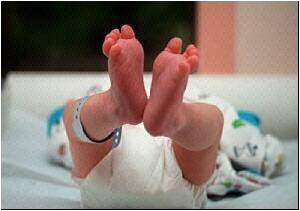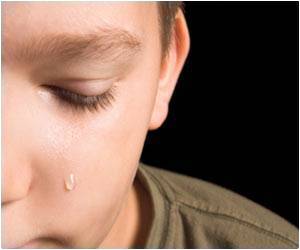Children who remain in the home after a substantiated report of abuse may have more or less risk of further abuse depending on certain characteristics of their caregivers, according

Suzanne R. Dakil, M.D., and colleagues from the University of Texas Southwestern Medical Center and Children's Medical Center, Dallas, sought to identify those groups by using recursive partitioning analysis (RPA), a way of identifying "the clusters of factors most significantly associated with the outcome." They examined data from the National Survey for Child and Adolescent Well-Being. A rereport, the primary outcome, was defined as any new report within five years of the initial (index) report. Cases of reabuse were determined by assessing rereports and classifying them as substantiated (supported), indicated (unsupported but suspected) or neither. The authors applied RPA to divide the data into higher-risk and lower-risk groups.
The authors identified 2,578 children who remained in the home after a report of abuse; 44 percent were rereported within five years. The likelihood of rereports increased when children were between ages 3 years and 10 years or had behavior problems and developmental disabilities; caregivers were young, had an abuse or CPS history or were prevented from working by health and emotional limitations; families experienced domestic violence or earned less than $20,000 per year; or when index reports were substantiated. Of the rereports, 45 percent were classified as reabuse; the researchers determined groupings of characteristics that increased or decreased the likelihood of reabuse.
The study's findings, according to the authors, show that combining certain risk factors produces a strong predictor of a child's risk of future abuse. "These findings might be useful to CPS in identifying at-risk children and making evidence-based decisions regarding child placement, families' service needs, and the duration and intensity of monitoring that families require," the researches state. "In addition, the findings might prove useful to policymakers in targeting limited resources to high-risk families."
Source-Eurekalert











